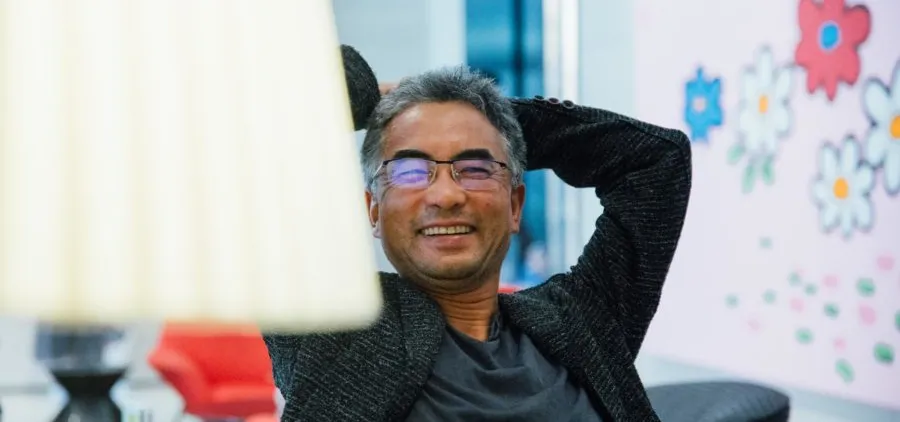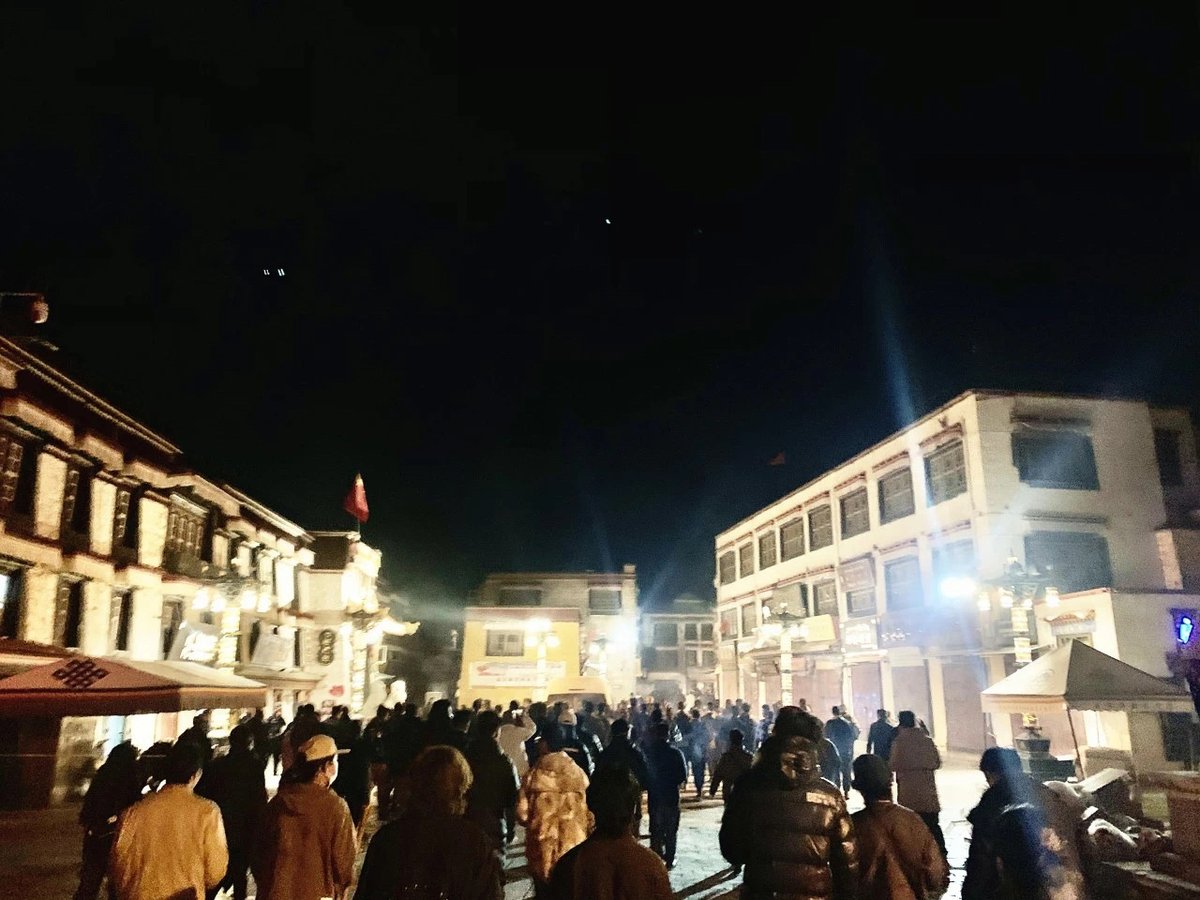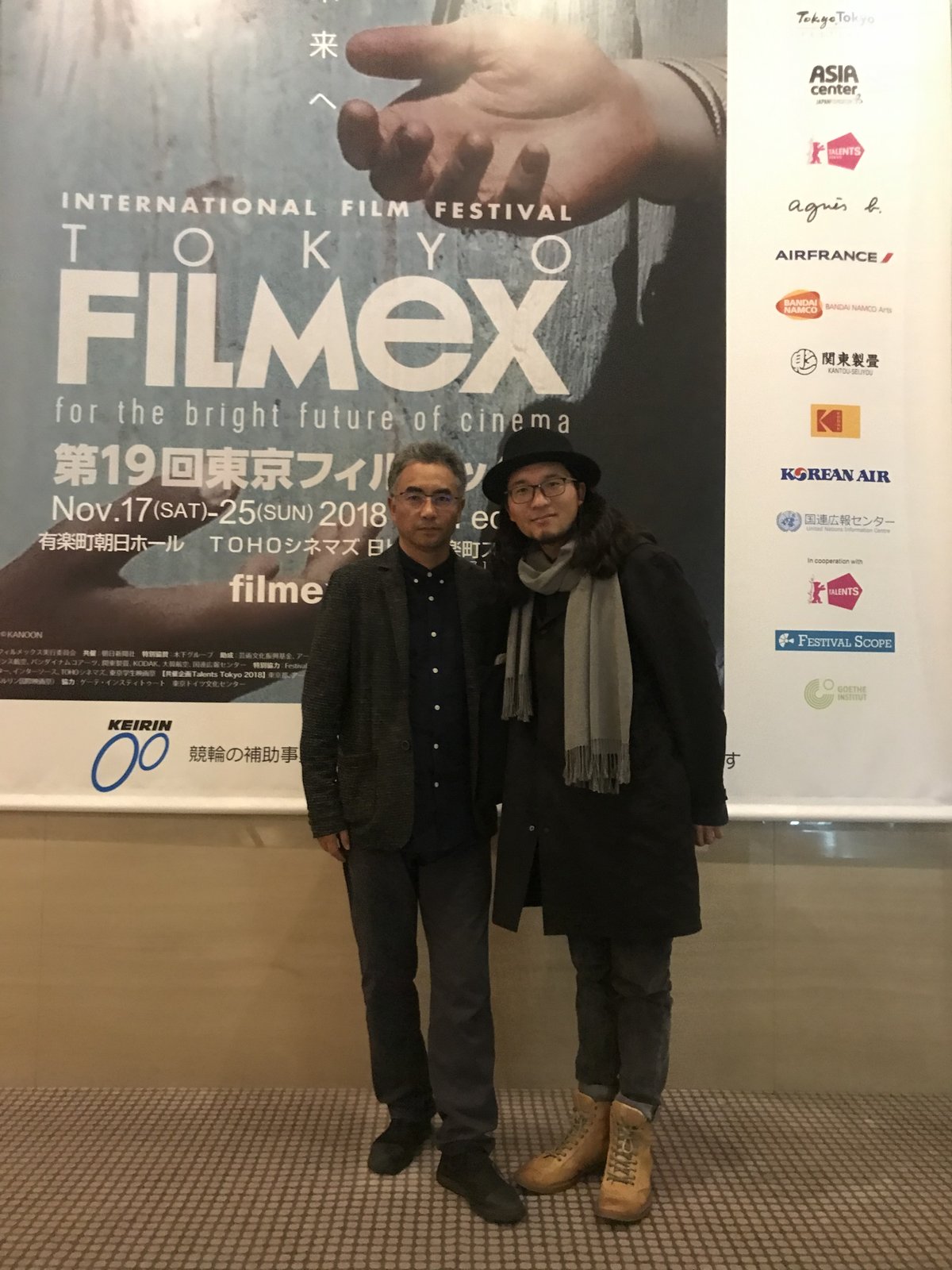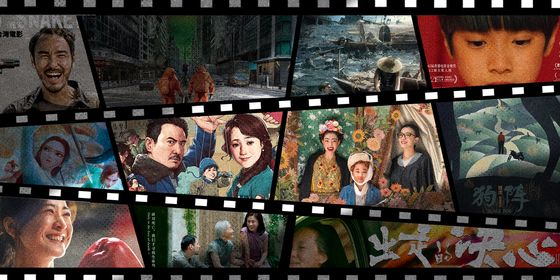After the sudden passing of the Tibetan filmmaking pioneer, young filmmakers across ethnicities remember his talent and his mentorship
The sudden death of Pema Tseden, the Tibetan filmmaker known for spearheading an emerging film genre often described as the Tibetan New Wave, has gripped the hearts of many over the past week.
The director and writer passed away in Lhasa during the early hours of May 8, “after ineffective medical treatment of an acute illness” according to an obituary published last Monday by the China Academy of Art, where Tseden taught filmmaking as a professor. He was 53.
“I couldn’t sleep for the whole night after learning about his death,” Khashem Gyal, a 33-year-old Tibetan filmmaker from Qinghai province, tells TWOC. It was Pema Tseden’s films that encouraged Khashem Gyal to follow a similar path, giving him confidence that Tibetans can make their own films. “To a certain degree, just his existence has inspired a lot of us,” he adds.
The next day, Khashem Gyal flew to Lhasa from Chengdu, Sichuan province, to attend the funeral. “The whole road to the funeral was crowded with people,” he recalls. Hundreds, including Tibetans and Han people, attended Pema Tseden’s funeral, holding candles while walking on streets near Jokhang Temple.
In China, Pema Tseden is often seen as the most important figure in the recent rise of Tibetan cinema. In the wake of his passing, young filmmakers like Khashem Gyal mourn the loss of not just a pioneer in the field but also a kind mentor, as they remember Pema Tseden’s generous support to younger generations.
Tibetan voices
A former civil servant and elementary school teacher, Pema Tseden debuted with his first feature-length work, The Silent Holy Stones, in 2015. Set in a remote village in the Amdo region, the movie weaves a suggestive web around a seemingly simple story: a 10-year-old lama returned home after a long journey from his monastery to celebrate the Tibetan New Year, only to be glued to the television. The film infuses a a realistic plot line with a surreal sensibility, highlighting the conflicts between traditions and modern life. It was widely regarded as the first film directed by a Tibetan and entirely in Tibetan language in China.
“I hope our films could be authentic enough for Tibetan people to recognize their own everyday lives when they see it,” said Pema Tseden in an interview with Sixth Tone in 2021. “Previous films shot in Tibet may tell stories in a Han Chinese way of thinking,” he added.
Too often, films shot by non-Tibetan people provide only an “outsider’s perspective,” Khashem Gyal echoes. “Apart from the beautiful grasslands, snow-capped mountains, prayer flags...it is difficult for you to see what kind of inner changes have taken place in the people living on this land.” He says Pema Tseden’s delicate touch of Tibetan society and culture inspired him to break stereotypes and seek accurate representations of Tibetan people and culture.
With an intensely human style, Pema Tseden’s work presents an expansive and emotional portrait of modern Tibetan life under the influence of religion, social traditions, law, and official policies. Tharlo (2016), his first movie released in cinemas, tells the tale of a shepherd whose austere life was thrust into an internal crisis during a journey to the city to get a government ID card. The prevailing use of long shots in the film has now become the trademark style of Pema Tseden’s cinematography, focusing in on the films’ narratives while giving the audience space to reflect. Balloon (2019), another of his acclaimed works, deals with the struggles of women in Tibet through an intimate family drama.
Lasting legacies
In the film industry, Pema Tseden is known for producing poetic films “that balance excellent literary value and cinematography,” says Zhang Yu, co-founder of Video Culture Development, a Beijing-based non-for-profit film center. His passing is a great loss to the Tibetan voices in China’s filmmaking landscape, she adds.
Younger filmmakers across ethnicities took to social media to mourn and remember his influence on their careers. Luo Runxiao, a 23-year-old director based in New York, worked with Pema Tseden during the Covid-19 pandemic on a short film about rare diseases after winning an award at a film festival that Pema Tseden chaired. “I cannot believe, cannot accept [his death],” Luo shares in an emotional post on his WeChat Moments, with many lines of gratitude for Pema Tseden’s films and encouragement.
While the two never met in person, Luo remembers that Pema Tseden was very supportive and helped him sharpen his scripts,. “He is very gentle and peaceful,” Luo tells TWOC, comparing working with Pema Tseden to his friends’ experiences with other leading directors in China who may impose their own opinions on younger filmmakers’ work once they become involved as a “supervisor.”
Many young filmmakers remember similar stories. Khashem Gyal recalls that after finishing his first short documentary in 2013 as a student, he was recommended to Pema Tseden by a teacher and got to share his thoughts on filmmaking. Pema Tseden coached him and often invited him to come to his filming sets.
Throughout his career, Pema Tseden cultivated a group of young Tibetan filmmakers who grew professionally alongside him and then went on to direct their own work, such as Sonthar Gyal, Lhapal Gyal, and Pema Tseden’s own son, Jigme Trinley.
“The paths that Tibetan filmmakers have pioneered are meaningful for any minority creators in China,” says Zhuo Lan, a director of Mongolian ethnicity based in Shanghai. She tells TWOC that she first watched Pema Tseden’s work while studying film in New York in 2018, and was immediately mesmerized by his deeply reflective cinematography. “He made me think seriously about what ‘ethnicity’ can mean on a spiritual level—for example, it can provide an alternative but open-minded worldview.” The 29-year-old has shot films in her native Mongolian, which she says always means “risk,” as it might be too niche for the general public. Yet, she finds what Pema Tseden has achieved illuminating in that “he stayed true to his own heart, and even managed to make the audience desire to watch movies from ethnic groups.”
“He was the first person to grow the tree,” she says. “We see it, so we sit around his big tree, and gradually water our own saplings.”















